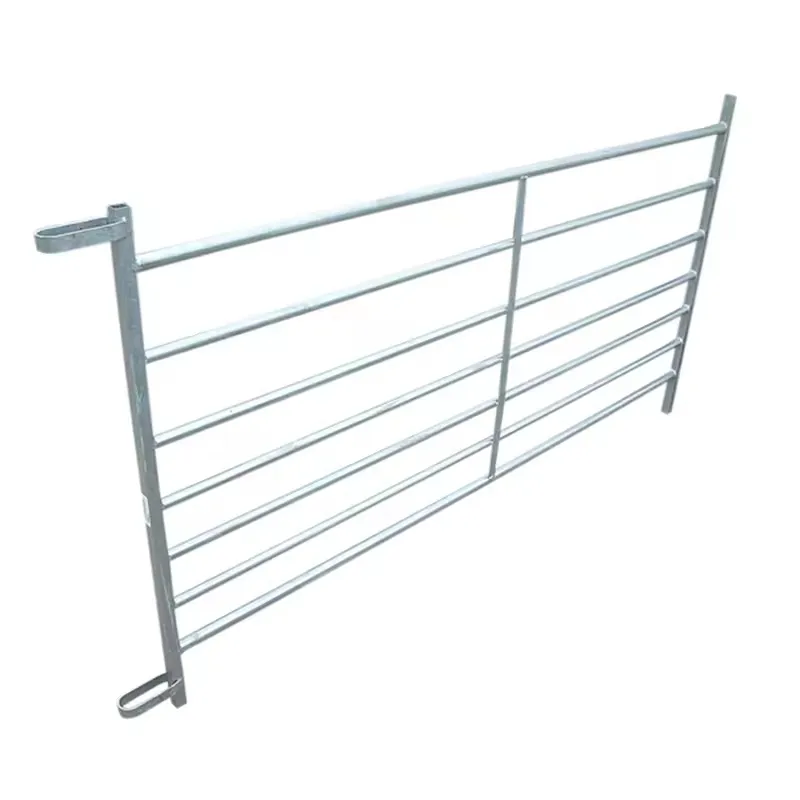
- Afrikaans
- Albanian
- Arabic
- Armenian
- Azerbaijani
- Basque
- Belarusian
- Bengali
- Bosnian
- Bulgarian
- Croatian
- Czech
- Danish
- Dutch
- English
- Esperanto
- Estonian
- Finnish
- French
- Galician
- Georgian
- German
- Greek
- hawaiian
- Hindi
- Hungarian
- Indonesian
- irish
- Italian
- Lao
- Latvian
- Lithuanian
- Luxembourgish
- Macedonian
- Maltese
- Myanmar
- Norwegian
- Polish
- Portuguese
- Romanian
- Russian
- Serbian
- Slovak
- Somali
- Spanish
- Swedish
- Thai
- Turkish
- Turkmen
- Vietnamese
Dec . 25, 2024 21:40 Back to list
Methods for Filling Gabions with Soil for Enhanced Landscape Design
Filling Gabions with Soil A Practical Guide
Gabions, which are wire mesh baskets usually filled with rocks, stones, or soil, have gained popularity in landscaping and civil engineering due to their versatility, durability, and aesthetic appeal. When filled with the right materials, gabions can serve multiple purposes, including erosion control, retaining walls, and decorative features in gardens. One of the more innovative ways to fill gabions is using soil, which not only provides a solid structure but also integrates well with plants and other organic elements. This article will explore the process of filling gabions with soil and the benefits of using this approach.
Choosing the Right Soil
Before filling your gabion with soil, selecting the appropriate type is vital. The ideal soil should be well-draining to avoid water accumulation, which can lead to erosion and structural instability. Sandy loam is often recommended due to its balance of drainage and nutrient retention. You may also consider a mixture of topsoil and compost to enrich the filled gabions, promoting plant growth if you intend to use the gabions for a garden or green wall.
Preparing the Gabion
Proper preparation of the gabion is crucial for ensuring its structural integrity. Start by choosing a suitable location, ensuring the ground is level and stable. If the gabion will act as a retaining wall or erosion control, the placement should be strategic to maximize its effectiveness. Lay down a weed barrier if the gabion will be exposed to garden soil to prevent unwanted plant growth from disrupting the structure.
Filling Techniques
Filling gabions with soil requires careful techniques to ensure that the structure remains stable. Begin by partially filling the gabion with soil, tamping it down gently to eliminate air pockets. Overfilling should be avoided, as this may lead to soil shifting or washing away. It’s also crucial to layer the soil, alternating between different types or adding some organic matter for improved structure and nutrient content.
filling gabions with soil

Compaction
Compaction is a significant part of the filling process. After adding layers of soil, use a manual tamper or a vibrating plate compactor to compact the soil thoroughly. This step not only enhances the stability of the filled gabion but also reduces the chances of settling over time. Compaction should be done gradually, adding small amounts of soil and compacting each layer before adding more.
Planting and Aesthetic Considerations
One of the primary advantages of filling gabions with soil is the potential for planting. After filling the gabions, consider integrating various plants, such as grass, succulents, or other low-maintenance species. This not only enhances the visual appeal of the gabion structure but also helps with erosion control and provides habitats for local wildlife.
Moreover, the use of soil-filled gabions can contribute significantly to sustainability efforts. They can be incorporated into rain gardens or used to manage stormwater runoff, allowing for better drainage in landscaping projects.
Conclusion
Filling gabions with soil is a practical and environmentally-friendly approach that can provide numerous benefits in landscaping and civil engineering. By taking the time to select the right materials, preparing the gabions properly, and ensuring effective compaction, you can create durable and aesthetically pleasing structures. Whether for functional or decorative purposes, soil-filled gabions can enhance both the beauty and sustainability of your outdoor spaces.
-
The Vital Role of Wire Mesh in Construction
NewsJul.01,2025
-
The Essential Benefits of Welded Wire Mesh
NewsJul.01,2025
-
Secure Your Property with Field Farm Fence
NewsJul.01,2025
-
Expert Chain Link Fence Installation
NewsJul.01,2025
-
Discover the Versatility of Hexagonal Wire Mesh
NewsJul.01,2025
-
Barbed Wire
NewsJul.01,2025









